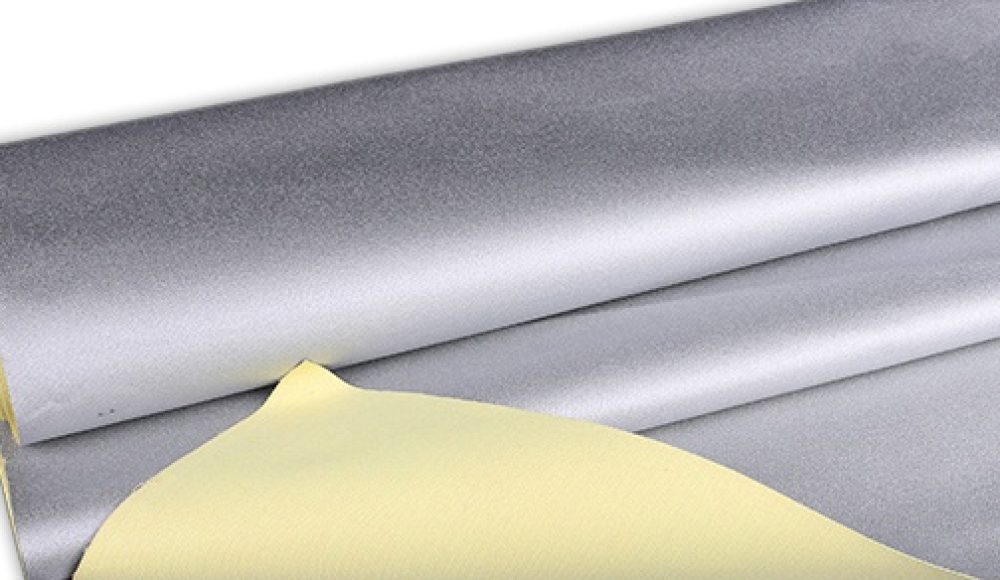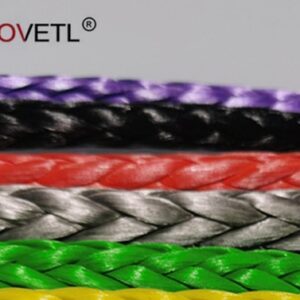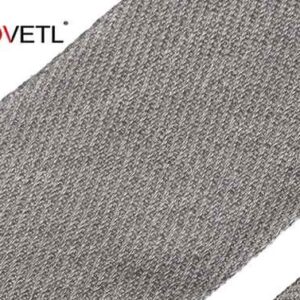In the construction industry, safety, durability, and energy efficiency are top priorities. Aluminum Coating Fabric has become a go-to solution due to its unique properties like heat resistance, fire protection, and UV shielding. It serves a crucial role in improving the overall performance and safety of construction projects. This article explores why aluminum-coated fabrics are commonly used and their key benefits.
What is Aluminum Coating Fabric?
Aluminum Coating Fabric consists of a base fabric coated with a thin layer of aluminum. This coating enhances the fabric’s strength, heat resistance, and reflective properties. The fabric can be combined with materials like aramid aluminum fabric and fire-resistant fabric, making it ideal for a wide range of construction applications.
1. Fire Resistance and Safety
Fire resistance is perhaps the most significant reason aluminum coating fabric is used in construction. The aluminum layer acts as a flame retardant, reflecting heat away from surfaces and reducing the risk of ignition. This is especially important for areas with high fire risk, such as electrical installations, insulation materials, and fireproofing applications. For example, Aluminum Coating flame retardant fabric is often applied to protect structural elements and electrical systems from fire hazards, meeting the stringent safety standards of modern construction projects.
2. Thermal Insulation
Aluminum-coated fabrics reflect radiant heat, offering thermal insulation benefits. This makes them effective in controlling temperatures within buildings, both in hot and cold climates. By reducing heat absorption, the fabric helps maintain a comfortable indoor environment and lowers energy costs. Whether used for roofing, insulation, or as part of a thermal management system, Aluminum Coating Fabric plays a critical role in energy efficiency by keeping buildings cooler in summer and warmer in winter.
3. UV Protection and Durability
Exposed to harsh weather conditions, construction materials need to withstand UV radiation, moisture, and temperature fluctuations. Aluminum Coating Fabric provides excellent UV protection, preventing degradation and maintaining the fabric’s strength over time. This makes it especially useful in roofing, cladding, and protective coverings. The aluminum layer helps to preserve the fabric’s integrity, ensuring it remains functional and durable even after prolonged exposure to the elements.
4. Versatility in Construction
The versatility of Aluminum Coating Fabric is one of its most appealing qualities. It serves various purposes in construction, such as:
-
Insulation: Used in thermal and acoustic insulation systems, it helps buildings stay energy-efficient and noise-resistant.
-
Fireproofing: Applied to protect structural elements, insulation, and equipment from fire, improving overall safety.
-
Protective Clothing: Fire-resistant fabric made from aluminum-coated textiles is often used in construction worker gear to provide protection from heat, sparks, and flames.
-
Roofing and Facades: The fabric is also used in roofing systems and building facades, where it contributes to a building’s energy efficiency and durability.
5. Environmental and Cost Benefits
Aluminum Coating Fabric is not only energy-efficient but also environmentally friendly. The aluminum used in the coating is 100% recyclable, making it a sustainable choice for construction projects. Moreover, by enhancing the thermal performance of buildings, the fabric reduces the need for excessive heating or cooling, lowering energy consumption and reducing carbon footprints. In the long run, the energy savings and environmental benefits make aluminum-coated fabrics a cost-effective solution for construction projects.
6. Worker Safety
Safety is a top concern on construction sites, and aluminum coating fabric plays a vital role in protecting workers. Aramid aluminum fabric, known for its high heat resistance, is often used in safety gear like jackets, pants, and gloves. These fabrics shield workers from heat, sparks, and flames, ensuring better protection in hazardous environments. Moreover, the reflective nature of aluminum helps increase visibility, which is important for worker safety during low-light conditions.
Conclusion:
Aluminum Coating Fabric offers a wide range of benefits that make it essential for modern construction. Its fire resistance, thermal insulation properties, and durability in harsh conditions make it perfect for high-performance construction materials. Whether it’s used in fireproofing, insulation, or protective workwear, aluminum-coated fabrics help improve safety, reduce energy costs, and enhance the overall longevity of construction projects. By integrating Aluminum Coating Fabric into construction designs, contractors can create safer, more energy-efficient, and environmentally friendly buildings while providing essential protection for workers on the job.




